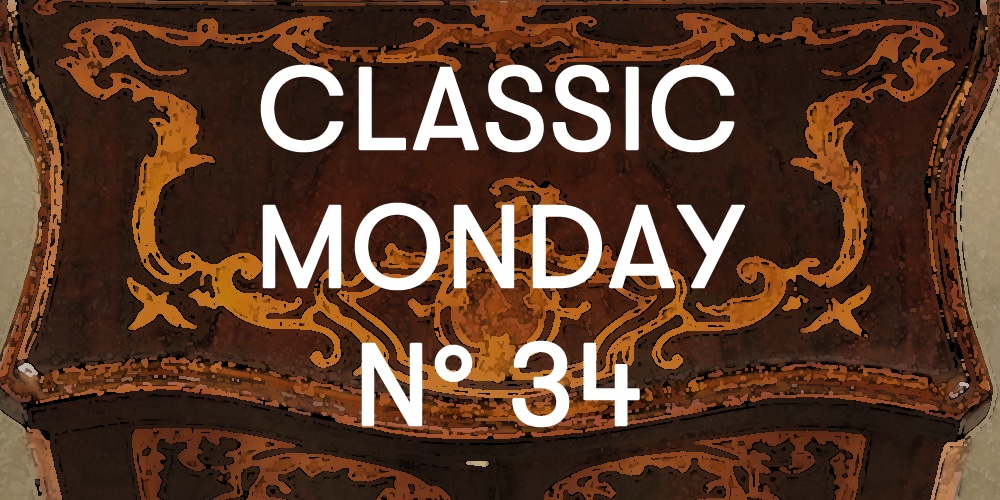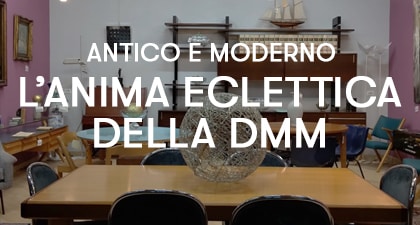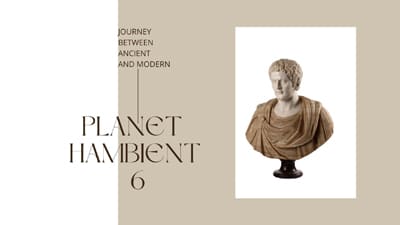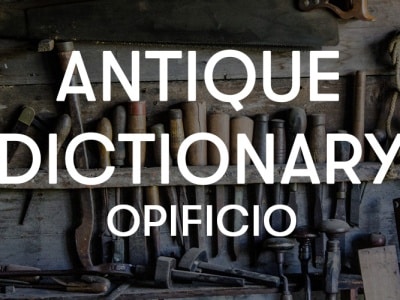
The protagonist of our Classic Monday is a piece of furniture as particular as it is exceptional in manufacturing.
Furniture that is hardly the protagonist of the windows of antique dealers, the comfortable was however a necessary piece of furniture in homes. Simple pitale in the poorest and most rustic apartments, in the homes of the nobles and bourgeois, it becomes a real cabinet that also serves as a furnishing accessory.
The comfortable spread in ancient times and was frequently hidden inside other furniture that could blend in with the décor of the room.
Only in more recent times, in fact, the houses were equipped with a room expressly dedicated to toilets. In the past, these were more frequently found in bedrooms, where it was not uncommon to find armchairs with removable seats or small bedside tables intended to accommodate sleeping vases and toilets for personal cleaning.
Certainly the society of the eighteenth century is not remembered for the stringent hygiene rules.
If, however, the toilets can present themselves for what they are and therefore be immediately recognizable, for the comfortable ones it was not so, but rather they were hidden inside cabinets that seemed anything but, like small bedside tables.
The motivation was twofold: on the one hand it was necessary to hide the place designated for the fulfillment of physiological needs, on the other hand an object necessary in everyday life was worked and solved to make it a rich piece of furniture according to the fashions of the moment.

This is the case of ours, in which the doors and the opening surface conceal a lifting shelf; under this there is another with the central hole and equipped in the lower part with rails for the interlocking of the urinal. Characterized by the unfinished bottom, it had to be necessarily leaning against a wall.
This comfortable with the shape of a small sideboard is a high example of cabinet-making of the eighteenth century; It finds particular comparisons with other furniture belonging to the late Roman Baroque production.
The wavy leaf façade and the shaped top still recall the forms used in the Baroque production of parade furniture. Even the rich inlay finds correspondence with those of other well-known furnishings of the time, which demonstrate the proximity and influence of Dutch inlayers. A comparison in particular is possible with a superb flap chest of drawers always present in our collections (visible here), datable to the second quarter of the eighteenth century. Very similar are the foliaceous volutes of the inlay, enriched through a shading made through the use of the burin.
Despite being an object of daily use, our comfortable is therefore characterized as a small valuable cabinet.
This is not only due to the possible findings mentioned, but also to the high degree of finishing.
Attention has in fact been paid to the rendering of the movement, not only of the front, but also of the complex carving of the lower part. Even the shell of the edge of the top has been treated in detail, veneered in head wood.
Our comfortable is characterized as a clear example of how even a piece of furniture for use and for a purpose conventionally considered low, can be developed following fashions and characterizing itself as a valuable piece.















